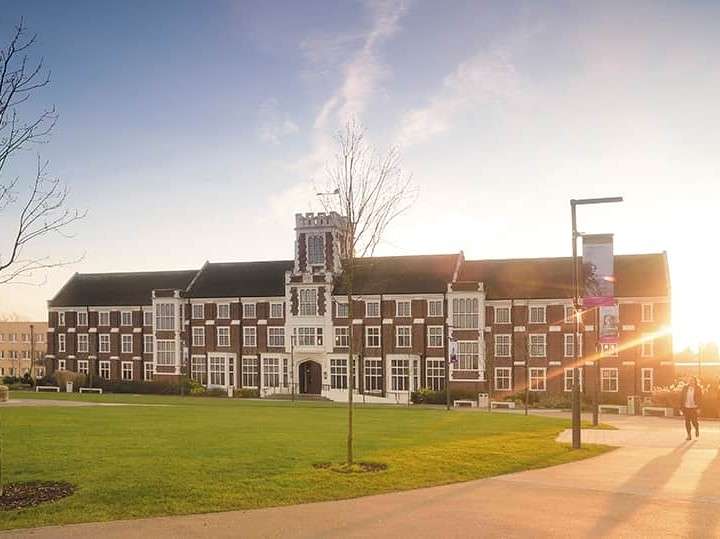Most modern cars have brakes on all four wheels, operated by a mechanism. The brakes are also disc sort or drum sort.
The Front brakes play a larger half in stopping the automotive than the rear ones, as a result of braking throws the automotive weight forward onto the front wheels.
Many cars so have disc brakes, which are typically a lot of economical, at the front and drum brakes at the rear.
All-disc braking systems are used on some price or superior cars, and all-drum systems on some older or smaller cars. Always remember ?that ?car brake service is very important thing which play an important role.
Brake Mechanics
A brake system circuit has fluid-filled master and slave cylinders connected by pipes.
Master and Slave Cylinders
A typical dual-circuit braking system during which every circuit acts on Each front wheel and one rear wheel. Pressing the pedal forces fluid out of the hydraulic brake cylinder on the brake pipes to the slave cylinders at the wheels; the hydraulic brake cylinder encompasses a reservoir that keeps it full.
The hydraulic brake cylinder transmits hydraulic pressure to the slave cylinder once the pedal is ironed. When you push the pedal it depresses a piston within the hydraulic brake cylinder, forcing fluid on the pipe.

The fluid travels to slave cylinders at every wheel and fills them, forcing pistons intent on applying the brakes. Fluid pressure distributes itself equally around the system. The combined surface ‘pushing’ space of all the slave pistons is far larger than that of the piston within the hydraulic brake cylinder.
Consequently, the master piston needs to travel many inches to maneuver the Slave Pistons the fraction of an in. it takes to use the brakes. This arrangement permits nice force to be exerted by the brakes, within the same means that a long lever will simply carry an important object a brief distance.
Most modern cars are fitted with twin hydraulic circuits, with 2 master cylinders in bicycle-built-for-two, just in case, one ought to fail. Sometimes one circuit works the front brakes and one the rear brakes, or every circuit works each front brakes and one in every one of the rear brakes, or one circuit works all four brakes and therefore the different the front ones solely. Under serious braking, such a lot of weight could come back off the rear wheels that they lock, presumably inflicting a dangerous skid. For this reason, the rear brakes are deliberately created less powerful than the front.
Most cars currently even have a load-sensitive pressure-limiting valve. It closes once serious braking raises hydraulic pressure to grade which may cause the rear brakes to lock, and prevents to any extent the further movement of fluid to them. Advanced automotive could even have complicated anti-lock systems that sense in numerous ways in which however the car is decelerating and whether or not any wheels are protected. Such systems apply and unharnessed the brakes in speedy succession to prevent their protection.
Power-Assisted Brakes
Many Cars Even have Power help to cut back the hassle required to use the brakes.
Usually, the supply of power is that the pressure distinction between the partial vacuum within the manifold and therefore the outside air.
The Servo unit that has the help encompasses a pipe affiliation to the manifold.
A direct-acting servo is fitted between the pedal and therefore the hydraulic brake cylinder. The pedal pushes a rod that successively pushes the master-cylinder piston.
But the pedal conjointly works on a group of air valves, and there’s an oversized rubber diaphragm connected to the master-cylinder piston.
When the brakes are off, each side of the diaphragm is exposed to the vacuum from the manifold.
Pressing the pedal closes the valve linking the rear aspect of the diaphragm to the manifold, and opens a valve that permits air from outside.
The higher pressure of the skin air forces the diaphragm forward to pass on the master-cylinder piston, and thereby assists the braking effort.
If the pedal is then command and ironed no more, the air valve admits no a lot of air from outside, therefore the pressure on the brakes remains an equivalent.
When the pedal is discharged, the area behind the diaphragm is reopened to the manifold, therefore the pressure drops, and therefore the diaphragm falls back.
If the vacuum fails as a result of the engine stops, as an example the brakes still work as a result of there’s a traditional mechanical link between the pedal and therefore the hydraulic brake cylinder. However, way more force should be exerted on the pedal to use them.
Some cars have an Associate in nursing indirect-acting servo fitted within the hydraulic lines between the hydraulic brake cylinder and therefore the brakes. Such a unit may be mounted anyplace within the engine compartment rather than having to be directly before of the pedal.
It, too, depends on the manifold vacuum to produce the boost. Pressing the pedal cause?s hydraulic pressure build-up from the hydraulic brake cylinder, a valve opens which triggers the vacuum servo.
Disc brake
The basic kind of hydraulic brakes, with one combination of pistons. There is also over one combine or one piston operational each pad, sort of a cut mechanism, through different types of calipers – a swinging or a slippery caliper.
A hydraulic brake encompasses a disc that turns with the wheel. The disc is straddled by a caliper, during which there are tiny hydraulic pistons worked by pressure from the hydraulic brake cylinder. And there are many other small tools which use for brake like brake pads many other little things affect most. The pistons proceed with friction pads that clamp against the disc from both sides to slow or stop it. The pads are formed to hide a broad sector of the disc.
There is also over one combination of pistons, particularly in dual-circuit brakes.
The pistons move solely a small distance to use the brakes, and therefore the Pads barely clear the disc once the Brakes are discharged. They need no come back springs.









